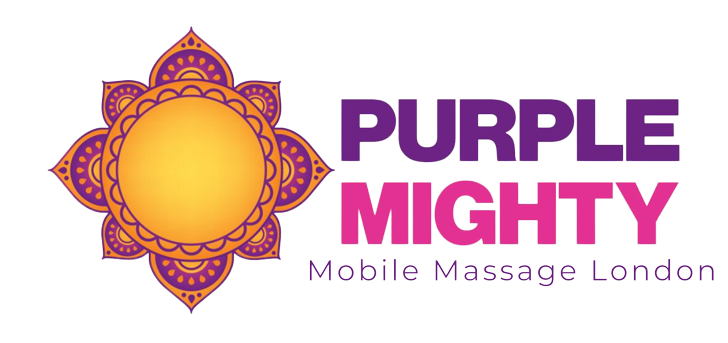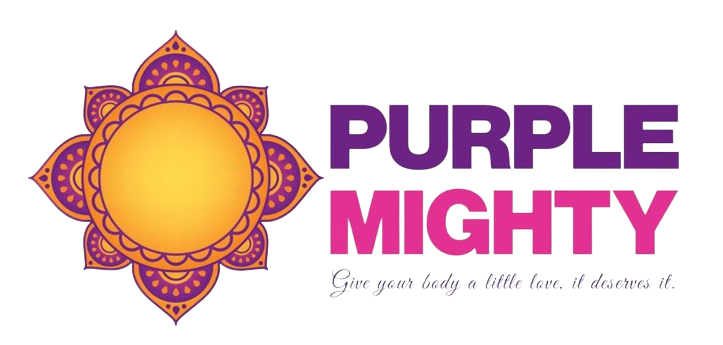Adapting client-centred treatments is seen as a crucial cornerstone of massage therapies. However, therapists often grapple with the challenge of aligning their techniques and approaches with the different physiology of clients, resulting in poor therapeutic experiences.
Thus this article stands as a solution for such dilemmas. It aims to enhance the effectiveness of therapeutic intervention when addressing gender-specific requirements.
Why is it Important to Adapt Massage Treatments for Both Male and Female Clients?
Despite being recognised as a non-invasive treatment for various vulnerabilities in the human body, massage is not a one-size fits all approach.
It is important to consider the physiological and anatomical differences between male and female clients when adapting massage treatments. Therapists may have to modify the pressure and intensity of their techniques when working with male clients or athletes.
Furthermore, some clients, irrespective of their gender requirements may seek massage treatments for diverse purposes. Employing techniques to satisfy individual needs and preferences can benefit the clients and therapists equally.
How to Adapt Massage Treatments For Male and Female Clients?
Adjusting massage treatments according to specific gender concerns and preferences guarantees more effective and personalised treatments for each client, enhancing comfort, and relaxation and promoting overall well-being.
What Techniques Are Suitable for Men?
Men can benefit from all genres of massage. Yet, they may gain profound experiences from some massage modalities.
Men with larger muscle mass and deep muscle composition lean toward deep-tissue massage due to its robust techniques. It can be effective in managing and alleviating chronic pains such as lower back pain or neck and shoulder pain, which are common concerns for many men.
Swedish massage also serves as an ideal massage treatment for men looking for relaxation. The stretching and manipulation of muscles in Swedish massage can provide relief from minor pains and promote a more relaxed state mentally and physically.
Men engaging in strenuous physical activities might benefit greatly from trigger point therapy. The release of trigger points allows muscles to relax, reducing overall muscle tension and stiffness.
However, considering the needs and preferences of male clients and aligning the techniques accordingly may lead to a better therapeutic experience.
What are the massage types from which Female Clients Can Benefit?
Massage in general offers a range of physical and mental health benefits for women. However, there are a few massage types that female clients might find especially advantageous.
The mild strokes incorporated in Swedish massage work seamlessly well with the delicate physiology of women. It is an excellent choice for relaxation, and stress relief and promotes a sense of well-being.
Women suffering from muscle tightness and discomfort due to stress, physical activity, or poor posture can gain a better holistic experience from deep tissue massage. The techniques used in this therapy target deep layers of tissue and connective tissue to release chronic tension and knots.
The hot stone massage is another absolute option for women suffering from chronic pains. This holistic approach aims to induce deep relaxation in several parts of the body causing discomfort. Many women find hot stone therapy as an effective course for improving sleep quality.
Shiatsu massage may have positive impacts on the menstrual health of women. The acupressure and techniques involved in Shiatsu potentially help reduce cramps and alleviate symptoms associated with the menstrual cycle.
Aromatherapy may also add a sensory element to the wellness routines of women. The application of essential oils and massage can support women during different hormonal phases. It also helps promote healthy skin.
What Measures Can Therapists Take to Deliver Profound Therapeutic Experiences To Clients?
- Consider Clients Preferences: Communicate with clients to understand their preferences, areas of concern, and any specific issues they want to address during the session.
- Tailored Techniques: Align your method and approach to suit the demands of the client. This personalised approach enhances the efficacy of massage therapy.
- Privacy: Allow the clients to dress and undress to their comfort level. Offer options for additional coverings if desired.
- Ambiance: Request the client to allocate a separate place for the session upon their reservation. Ask them to light aromatic candles and diminish the lighting of the room to create a soothing atmosphere.
- Comfortable Massage Table: Carry a comfortable and padded massage table to your outcall locations.
- Adjustable Pressure: Clients may have varying preferences for pressure. Some men may prefer intense pressure levels while some women may opt for lighter touch.
- Engagement: Guide your client through the process to make them feel at ease. Communicate with your client about any discomfort they experience during the session and be ready to adjust your techniques accordingly.
- Post-Massage Advice: Advise your client about the post-massage dos and don’ts.
How Can Therapists Improvise Their Techniques and Approaches to Meet the Demands of the Modern World?
Continual Learning:
Stay updated about the latest techniques and trends. Enhance your skill set by attending workshops, seminars, or any online courses.
Integration of Technology:
Bring modern tools and technology to your work. Adapt to modern settings.
Mind Body Integration:
Recognise the holistic nature of wellness. Introduce relaxation techniques or even brief meditation in your sessions to help clients prepare for the session mentally.
Online Presence:
Establish strong online visibility through social media or collaborate with mobile massage providers or professional websites to render your service. This can attract modern clients.
Eco-Friendly Practices:
Consider adopting eco-friendly practices in both your incall and outcall workplaces. Clients of the modern world may prefer businesses that give importance to sustainability and environmental responsibility.
Wellness Package:
Create wellness packages to help clients in their wellness journey. Incorporate wellness components such as nutrition advice, self-care recommendations, or accessibility to educational resources.
Adapt to Client Preferences:
Be open to feedback and adapt your approach based on client preferences. Some clients may prefer silent sessions, while others appreciate more interactive communication.
Some Misconceptions About Clients
All Clients Seek Massage For Mere Relaxation:
Relaxation may be the ultimate purpose of any massage therapy. Yet, some seek massage therapies for various reasons. Some clients are advised by their health experts to obtain massage treatments.
Clients are Silent When They are Discomfort:
Some clients prefer a quiet environment during a massage, and their silence may indicate relaxation rather than discomfort.
Clients Have Certain Knowledge About The Therapy They’ve Selected:
Each client comes with their unique background, experiences, and understanding of massage therapy. Some clients may be well-informed and have specific expectations, while others may be entirely new to the experience and require more guidance.
Hence, therapists need to provide guidance about the therapy and course of their action to ensure an effective session.
Clients Will Automatically Express Their Needs or Discomfort During Sessions Without Prompting:
Each individual has a unique threshold for pain, varying comfort levels, and specific preferences that may not be immediately evident to the therapist. Some clients may be with the understanding that discomfort is the key to a perfect experience. Thus, encouraging open communication is crucial to ensure a positive experience. It can also establish a strong therapist-client relationship.
Conclusion:
Adapting massage treatments for male and female clients involves a nuanced approach that considers physiological differences, individual preferences, and the diverse needs of each client. By acknowledging and respecting these factors, massage therapists can create a welcoming and inclusive environment where all clients feel comfortable and valued. Through communication, flexibility, and a commitment to continuous learning, therapists can ensure that their practice evolves to meet the diverse demands of the modern world while upholding the principles of professionalism, inclusivity, and client-centred care.




